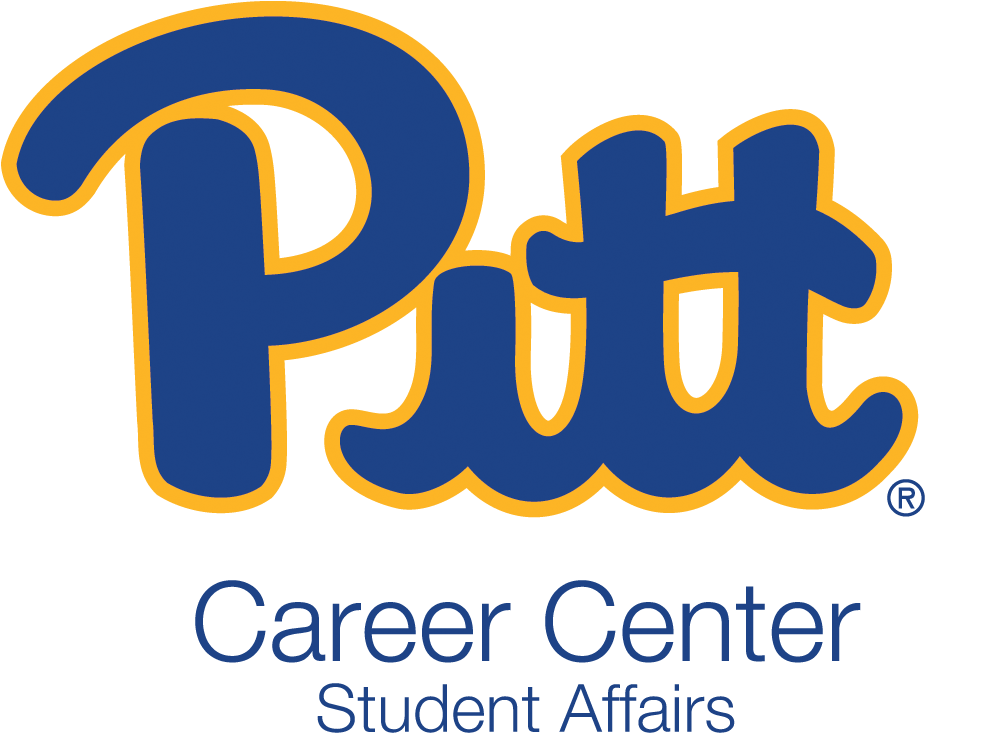Richie Brigandi used to apply to dozens of jobs, scouring Handshake and LinkedIn for openings, examining the websites of medical device companies, and interviewing with numerous places with no success. The spring 2020 graduate would re-check all the sites every two weeks, applying to twenty or thirty jobs at a time. Simply put, Brigandi was stuck.
Brigandi, who studied bioengineering, turned to the Career Center to escape his predicament. He met with career consultant Ashley Steffy, who provided direction on how to craft his resumé and cover letter to be more noticeable to applicant tracking software programs.
“Ashley has talked with lots of engineering recruiters, so she gave me great advice I wouldn’t have though of,” Brigandi notes.
Steffy explained how the software picks out certain key words from a resumé and cover letter and the only applications that are actually looked over by the hiring team are those that have enough of those key words in them. By including those buzzwords in his cover letter and resumé, Steffy hoped that Brigandi would have better success securing interviews.
It seems she was right, as Brigandi’s updated resumé and cover letter caught the attention of a staffing agency that offered him a contract position at Stryker Corporation, a medical technologies company. To Brigandi, it seemed like the perfect opportunity to start his career.
“A lot of my co-workers when I first started at Stryker were contracted, too,” Brigandi explains. “It’s normal for entry-level engineers to start out as contracted workers. It’s a good way to test out if you like a company, and then you can go full-time.”
The US government passes down standards for the manufacturing of medical devices, and Stryker creates those product requirements. Brigandi works as a test engineer, writing and running tests for those requirements, specifically those involving medical imaging.
Brigandi first gained his interest in medical imaging when working in a histology lab at Pitt staining the spinal tissue of mice during the first semester of his senior year. He also planned to produce a radio frequency coil for an MRI that could scan for hydrogen and phosphorus by tuning to the frequencies of both elements at the same time. Brigandi was about to produce the coil when the Covid pandemic hit and the lab closed. By the time it reopened, he had graduated.
Despite this disappointment, Brigandi still says he immensely enjoyed his time in the lab, almost as much as he enjoyed the study abroad program he participated in during the summer of 2018.
Entitled “Engineering the Renaissance,” the two-month long program brought engineers from various specializations to Florence, Italy to learn about art history and the engineering techniques employed during the renaissance era. Brigandi learned about Brunelleschi, a 15th century Italian architect who built the famous Santa Maria del Fiore dome in Florence, and even reverse-engineered domes that the Romans had built to discover their techniques.
“It was one of the best experiences I had at Pitt,” Brigandi recounts. “Everyone should do it if they’re able to.”
Aside from taking advantage of Pitt’s numerous study abroad programs, Brigandi encourages other students to head to the Career Center for advice during their post-graduation job searches.
“There’s a lot about the job search process that you might not know, but they will, like all the ATS stuff Ashley told me about. There’s also a lot of other processes they know about, like the proper etiquette to follow when asking about salary and benefits.”
As for what’s next for Brigandi, he says he has two main goals: “Become better at taking care of myself and staying healthy, and contribute to the medical world in a meaningful way.”

